
"Food is one of the main drivers that is shaping the ecology of the planet" says art duo Cooking Sections
Turner Prize-nominated duo Cooking Sections is creating a series of architectural installations to draw attention to the impact food production and consumption has on the environment. In this interview, they explain their obsession with food.
Spatial practitioners Daniel Fernández Pascual and Alon Schwabe – who operate under the name Cooking Sections – told Dezeen that food impacts everyone.
"What's interesting about food is that it is an intersectional tool," said the designers. "The fact that it touches and moves through everybody."
Pascual and Schwabe founded Cooking Sections in 2013 after studying together at Goldsmiths' Centre for Research Architecture in London.

The multidisciplinary designers collaborate with a diverse range of other practitioners and institutions – including scientists and museums – to create site-specific installations, videos and performances that investigate the environmental and social impact of food on the spaces we inhabit.
"Food is one of the main drivers and forces that is shaping the ecology of the planet, within and around us," the pair explained. In particular, they seek to drive home the relationship between what we eat and the world we live in.
Turner Prize-nominated work focusses on food and climate change
The duo's portfolio of work includes Climavore, an ongoing multifaceted project initiated in 2015 that investigates how humans can adapt their diets in response to climate change, for which Cooking Sections was nominated for this year's Turner Prize.
Climavore features an audio and film installation called Salmon: Traces of Escapees, which explores the environmental impact of salmon farming. It is currently on show at the Herbert Art Gallery & Museum in Coventry alongside other finalists for the prestigious art prize, including recently announced winners Array Collective.
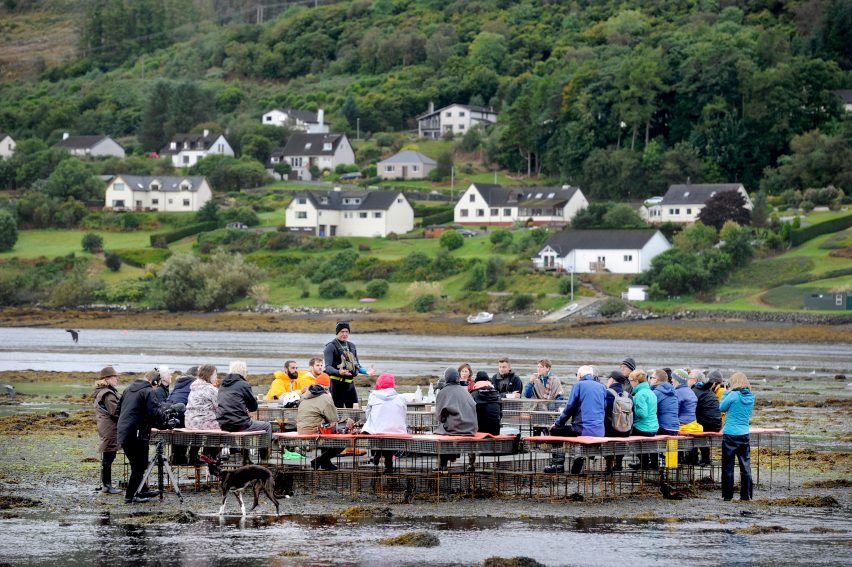
The Climavore project began with On Tidal Zones, a metal installation that was until recently positioned on the shoreline of Scotland's Isle of Skye.
It served as both a communal dining table at low tide and a habitat for oysters and other bivalves during the hours when the installation was underwater. These organisms act as "crucial filter feeders that maintain robust and healthy intertidal ecosystems," Cooking Sections said.
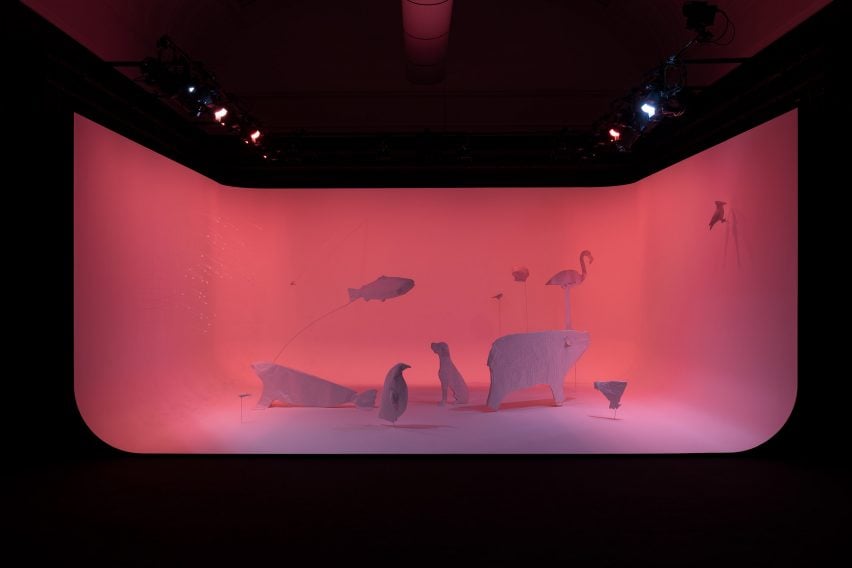
The duo invited people to this performative table to eat what they define as sustainable "Climavore meals" made from regenerative coastal ingredients such as seaweed.
A number of restaurants on Skye and Raasay, another Scottish island, and food outlets in museums including the Tate and the Victoria and Albert Museum (V&A), have since chosen to "become Climavore." This means that the establishments have replaced the salmon on their menus with ingredients that come from regenerative aquacultures.
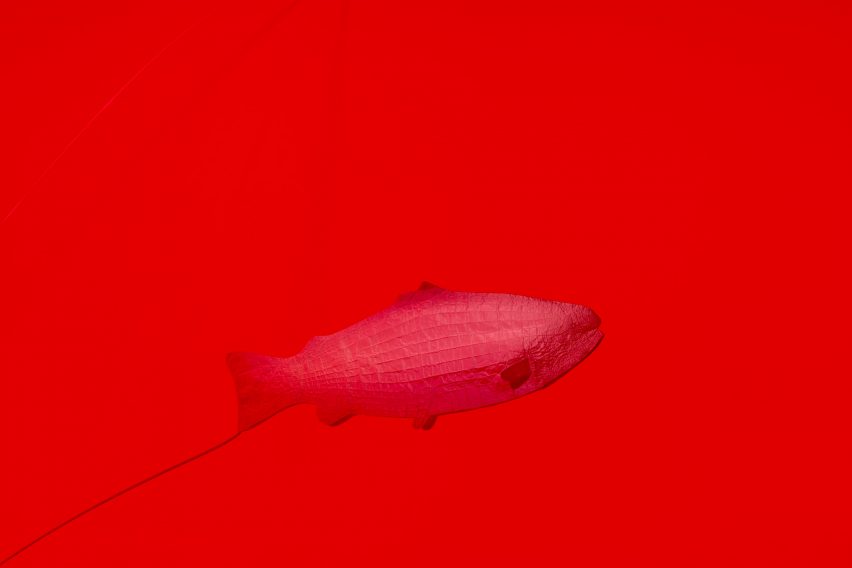
In particular, the Tate Britain was prompted to do so after exhibiting a Cooking Sections project at the museum called Salmon: A Red Herring – a one-room installation featuring sculptures of animals such as polar bears and flamingos that are illuminated over a period of time in various shades of pink and red.
Meanwhile, a voiceover explains how farmed salmon is artificially coloured in order to make it palatable to consumers.
As well as site-specific installations such as On Tidal Zones, Climavore includes long-term community schemes such as cooking apprenticeships that train young people to prepare sustainable meals in food establishments on Skye and Raasay.
"Architecture has very long-lasting effects on the environment"
Communicating the effects of climate change is intrinsic to much of Cooking Sections' work, and Pascual and Schwabe say they take this into consideration when creating site-specific projects.
That challenge has seen them tackle questions that will be familiar to architects, such as the impact architecture and landscape design has on its surroundings.
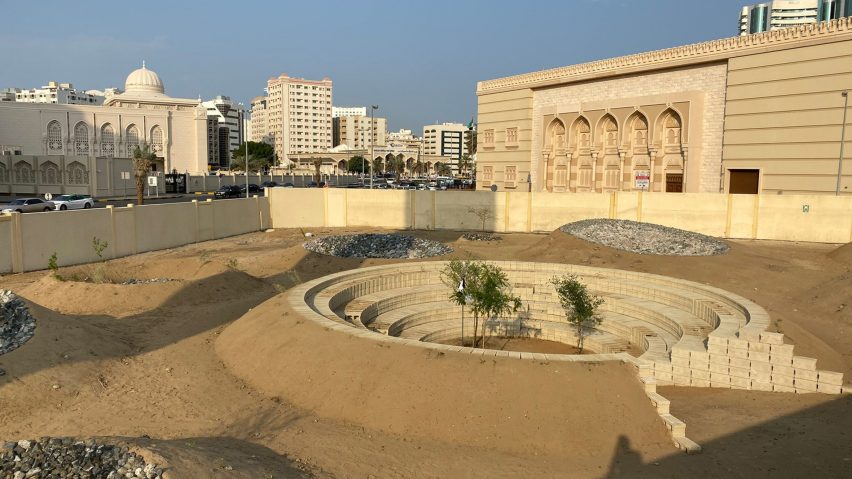
One example is Becoming Xerophile, an installation by the pair that was part of last year's Sharjah Architecture Triennial exploring how desert plants could be used in place of water-dependent greenery in arid cities.
"Architecture is a discipline that has very, very long-lasting effects on the environment," said the designers.
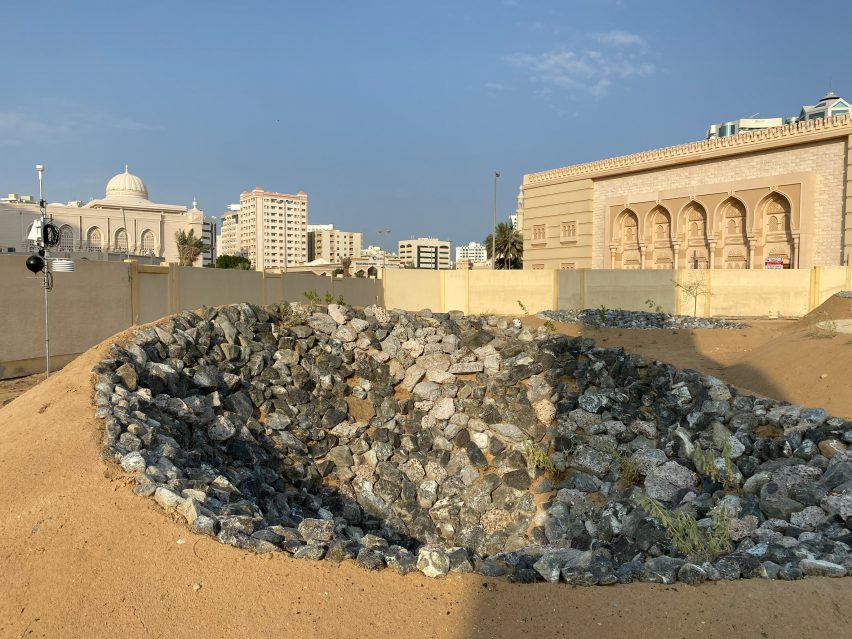
"We have to ask ourselves how we can ensure that projects last over a long period of time because when one commits themselves to environmental questions, the time it takes to support some kind of ecological transition isn't often something that can be done or assessed in the period of say, an exhibition at a museum," the duo added.
"First, let's understand the multiple problems involved in something, and then see how to move forward. That might take 50 years or 100 years. So it's about taking it step by step, and seeing how to be proactive with responding to the circumstances," explained Pascual and Schwabe.
"We move between different disciplines"
Cooking Sections' interdisciplinary method of working, which connects art with architecture and wider issues such as food supply chains, is reflected in its name. "There are many layers to it," said the designers.
"'One of our main concerns is the construction of space," the duo added. "So 'sections' stands for this invisible plane that you can never actually see, but it's fundamental in every kind of construction."
"For example, without sections, a building cannot be built. And cooking is the act of bringing things together and making something out of them. We move between different disciplines in the way we develop projects."
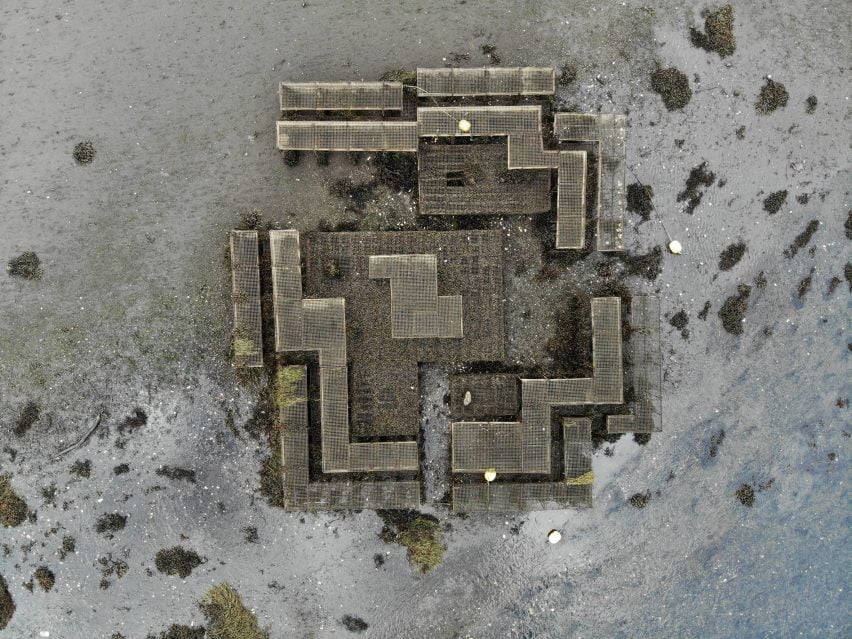
When the pair met at Goldsmiths, Pascual already had an extensive background in architecture, while Schwabe had experience in architecture, theatre and performance.
"There was something very enriching in our encounter, in the way that there was a space for not knowing things, and for sharing information and knowledge and experience" explained the duo.
"It's important for us to bring together different backgrounds."
Work examines how we "use food to understand much larger kinds of structures"
Pascual and Schwabe say that collaborating with people working across diverse industries is essential to their practice, as "we kind of develop new methodologies or formats according to each iteration of the projects we do."
"It's important for us to bring together different kinds of backgrounds and skillsets in order to understand different spatial conflicts because they are usually quite a complex entanglement of many factors and phenomena," said the designers.

Cooking Sections was nominated for the Turner Prize in the first year in the award's history that saw only collectives shortlisted, rather than individual artists.
Pascual and Schwabe expressed their interest in continued collaboration for future projects, rather than working only as solo practitioners.
"It's almost the opposite. We think we need to bring even more people on board, because the questions that we are trying to answer become more and more complicated, so we need more allies," they said.
"In a sense, it's quite simple. At the end of the day, our work is not about food, per se. It's about how we use it for infrastructure, and to understand much larger kinds of structures."
The images are courtesy of Cooking Sections unless otherwise stated.
The Turner Prize is on show at the Herbert Art Gallery & Museum until 12 January. See Dezeen Events Guide for an up-to-date list of architecture and design events taking place around the world.